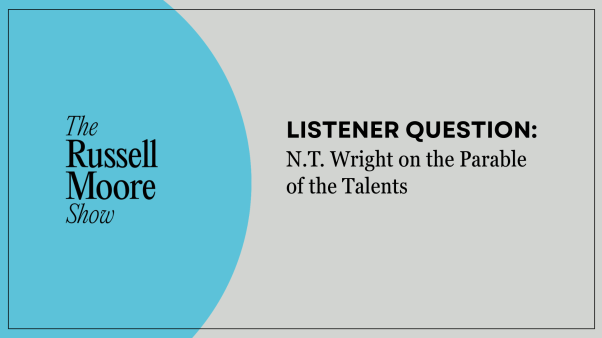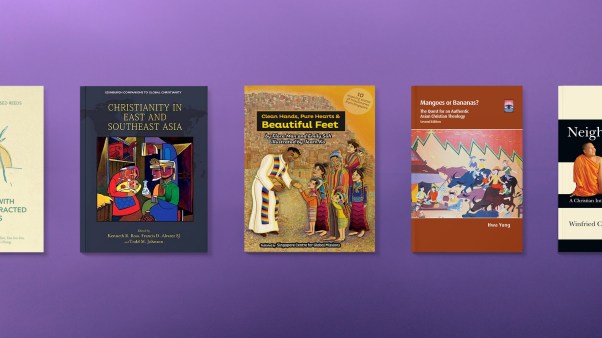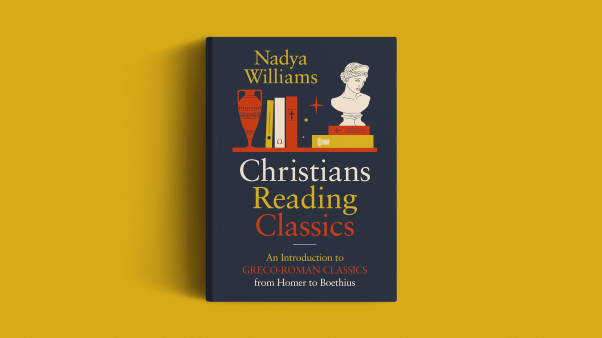It was nearing midnight in Indianapolis on May 31. At the Gainbridge Fieldhouse, home of the Indiana Pacers, thousands of fans decked in yellow filled the stands. They were basking in the glow of securing an Eastern Conference championship, anticipating the team’s first trip to the NBA finals in 25 years.
As Pacers coach Rick Carlisle took the microphone to address the crowd, he knew what fans wanted to hear.
“In 49 states, it’s just basketball,” Carlisle began, “but this is Indiana!”
Carlisle pumped his fist, and the crowd roared.
This is Indiana.
It was the affirmation of a story that Indiana residents tell about who they are and what they value. That identity, Carlisle understood, revolved around the state’s relationship with the sport bringing them together that night.
For more than a century, those caught up in the state’s “Hoosier hysteria” have experienced basketball as a medium to explore questions of identity and belonging; of meaning and purpose; of what defines a place, a home, and a community in a rapidly changing world. The answers to those questions and the origins of Indiana’s basketball obsession—like the sport itself—are closely intertwined with Christianity.
Basketball began in 1891 as a solution to a problem: how to get young men interested in the church.
The game’s founder, James Naismith, was part of a movement scholars call “Muscular Christianity.” A seminary-trained Presbyterian, he was driven by a desire to “win men for the master through the gym.” Naismith created basketball believing it could capture the attention of young men while helping them build Christian character along the way. In just the next year, the game made its way to Indiana, introduced through the YMCA’s Christian leaders and networks.
Fast-forward more than 30 years to 1925.
That March, 15,000 people crowded inside the Exposition Building in Indianapolis to watch 16 high school basketball teams compete in the state tournament, already in its 14th year. Sitting courtside was Naismith himself, invited as a guest of honor in recognition of Indiana’s unique affinity for the sport. “The possibilities of basketball as seen there were a revelation to me,” he marveled afterward.
In three decades, his game had moved beyond its YMCA origins and into the life of communities across the country—with no state more devoted than Indiana.
Indiana’s geography aided its basketball explosion. The state’s small size, flat land, and advanced system of roads made travel easier for players, fans, and statewide newspapers that covered each season with flair. A high school state tournament, created in 1911, gave schools across Indiana’s rural landscape a chance to win glory for their communities.
But those facts alone don’t explain Indiana’s unique relationship with the sport. For the game to move from an enjoyable physical activity to a source of communal identity, it needed to become enmeshed with the cultural narratives embraced by Indiana’s residents.
Christian institutions and ideas from the game’s founding played a key role in this—especially with the team that put Indiana basketball on the national map: the Franklin “Wonder Five.”
Franklin, a town of just under 5,000 people in 1920 located 25 miles south of Indianapolis, exemplified popular notions of small-town America: mostly white, mostly Protestant, rooted in Midwest values of individual initiative, self-discipline, and traditional morality that gave America its strength.
From 1920 to 1922, the Franklin high school team, coached by Ernest “Griz” Wagner and led by star Robert “Fuzzy” Vandivier, ascended to basketball dominance, winning the state tournament three straight years. These two men fanned the flames of Hoosier hysteria while fulfilling the promises of Muscular Christianity. Wagner, a Methodist Sunday school teacher, first developed his coaching chops through the Holy Grail youth basketball league, formed in the 1910s by the town’s Protestant churches.
“He has taught the gospel in Sunday School and lived it in the gymnasium,” a journalist later wrote.
Franklin’s starting five learned the game in that church league, competing for the Presbyterian, Methodist, Baptist, and Disciples of Christ teams.
Their storybook journey did not stop at high school. In 1922, Wagner became the basketball coach at Franklin College, a local Baptist school, and the core members of his team followed him. For the next two years, Franklin College lost just one game while defeating larger schools like Purdue, Illinois, Wisconsin, and Notre Dame. By 1926, when the Wonder Five laced up their shoes for the final time, Indiana was well established as a preeminent basketball location.
“Basketball is in our blood, our life, our soul,” an Indianapolis sportswriter told the Franklin players. “The state looks upon you not as a great five representing Franklin high school and Franklin college but as the very soul of Hoosier athletics.”
The compatibility between basketball and church—highlighted by Franklin’s Wonder Five—was part of the cultural allure of the sport in Indiana.
In Middletown, the 1929 classic sociological study of Muncie, Indiana, scholars Robert and Helen Lynd described a scene that played out when the Muncie Central Bearcats competed in the state tourney. A group of fans who could not make the trip to watch in person gathered at the Muncie High School auditorium, where score updates were announced throughout the night.
“A minister conducted the meeting, opening it with prayer,” the Lynds explained, “and as the tension grew during the game, a senior class officer prayed, ‘Oh, God, we must win. Jesus, wilt thou help us!’”
Later in the book, the Lynds discussed a local pastor who had been asked by one of his congregants if it was right to pray for the Bearcats to win. The fan had prayed for victory, but the team still lost, and he began to doubt God.
“I believe that prayer should be used only in cases where a moral or spiritual issue is at stake,” the pastor advised. “God could favor the weaker team, but that would be unsportsmanlike of God.”
Indiana’s pastors and leaders could not control the sport’s meaning, but they could participate in the public phenomenon it created. They could celebrate and lament the local team’s fortunes. They could present basketball players as exemplars of Christian character—as with Franklin’s Wonder Five, who were praised for their “clean play and good sportsmanship.”
They could also see the sport as a cultural text where, in the rhythms of everyday life, they could ask and explore difficult questions about God and his work in the world.
Basketball offered something else for both the churches and the people of Indiana: the promise of opportunity. The sport was presented as a uniquely democratic enterprise, where every town and village, no matter its size, had a shot to win it all.
Yet it also offered a standard by which the community could be judged. Because the spirit of democracy did not extend to everyone.
In 1923, the year after the Wonder Five won their third-straight high school title, one of the largest crowds in Franklin’s history gathered in the high school gymnasium. They were there to hear a representative of the Ku Klux Klan make his pitch.
Standing behind a table on which an open Bible lay atop an American flag, the speaker told the crowd that the country belonged to native-born white Protestants. He encouraged them to band together against threats posed to their way of life by Catholics, Jews, and African Americans.
Over the next few years, that message resonated with many of the state’s residents. True, there were dissenters, like H. R. MacMillan, a Baptist pastor in Franklin who denounced the klan’s “doctrine of hate.” But the KKK briefly achieved a remarkable degree of influence in Indiana, winning statewide elections in 1924 and extending its power all the way to the governor’s mansion.
The klan’s message resonated in part because an assumed white Protestant superiority was already built into the culture of Indiana, including in the state’s favorite sport. While individual athletes of different races and religions could compete on some public-school teams, until the 1940s, Catholic schools were not included in the state basketball tournament. Nor were the Black schools, like Crispus Attucks in Indianapolis, built in 1927.
The state’s white Protestant residents did not seem to recognize the discrepancy between the democratic ideals they proclaimed on the basketball court and the structure of their society. In Middletown, the Lynds presented basketball gyms as places where political and social divisions could be set aside. “North Side and South Side, Catholic and Kluxer, banker and machinist,” the Lynds wrote, “their one shout is ‘Eat ’em, beat ’em, Bearcats!’”
Year after year, however, those on the margins—like Henry L. Herod, a Black church leader in Indianapolis—pointed out the state’s hypocrisy and asked for full inclusion in the life of their state. The Black community used basketball as a source of meaning for themselves and also to challenge those who sanctioned the status quo.
A 1932 issue of the Indianapolis Recorder,the state’s leading Black newspaper, included side-by-side editorials, one on the hope offered by “our Lord and Savior Jesus Christ” and the other criticizing the “deliberate failure” by leaders of “Hoosierlands basketball” to include Crispus Attucks in the state tournament.
Efforts like this did not immediately yield results, but over time they began to open hearts and minds. Basketball provided Indiana with a shared cultural text through which those outside the state’s dominant white Protestant culture could call on their neighbors to enlarge their vision of who belonged.
In 1939, The Indianapolis Star, the state’s largest newspaper, organized an annual fan-voting contest of top high school players. With 48,000 votes, nearly 20,000 more than the runner-up, the first “Mr. Basketball” award went to George Crowe, a Black center from Franklin High School. He was coached by the star of the Wonder Five, Vandivier.
In 2025, Indiana’s basketball identity continues to shift and evolve even as it remains rooted in history and nostalgia.
The small-town ideal, represented by Hoosiers, the classic movie depicting the 1954 state championship team from tiny Milan, remains powerful. But the team that won the state title the next year also has its rightful acclaim: Crispus Attucks, led by future NBA Hall of Famer Oscar Robertson.
Pacers star Tyrese Haliburton is a Christian who has highlighted the significance of the Bible and team chapel in his life and participates in the traditional antagonizing of the East Coast, big-city New York Knicks. He’s led the Pacers to a 2–1 NBA Finals advantage over the Oklahoma City Thunder, with game 4 taking place Friday in Indianapolis.
Women have also long participated in Indiana’s basketball story. The first recorded game of women’s hoops in the state took place in 1899. Today, the WNBA’s Indiana Fever franchise features Caitlin Clark, a Catholic from Iowa and arguably the most popular athlete in America.
These benchmarks can be overstated. What happens on the basketball court can be used to obscure injustices or to distort our priorities just as much it can lead us down the path of righteousness.
The origins of Indiana basketball should remind Christians of the opportunities we have to participate in and shape the life of our communities through sports—and to consider whether we are living up to the values we celebrate.



















